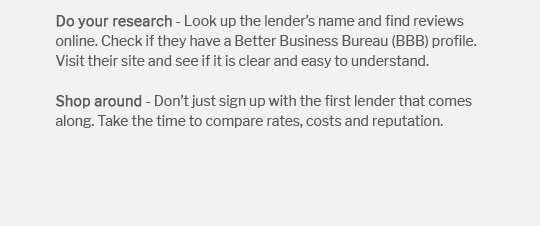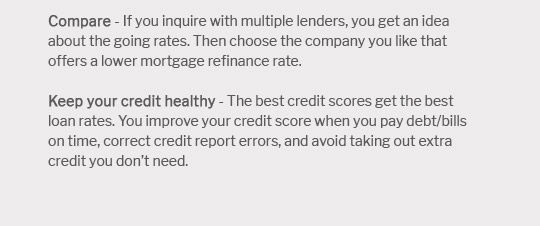 |
|||
 |
 |
 |
||
|---|---|---|
 |
||
 |
||
 |
||
 |
||
 |
 |
 |
 |
Conventional Cash Out Refinance: Unlocking Your Home's Equity PotentialConventional cash out refinance is a popular option for homeowners looking to tap into their home equity for various financial needs. This process involves replacing your existing mortgage with a new one, allowing you to borrow against the equity you have built in your home. The extra funds obtained can be used for home improvements, debt consolidation, or other personal expenses. Understanding Conventional Cash Out RefinanceA conventional cash out refinance is different from a standard refinance. Here, you take out a new mortgage for a larger amount than your current mortgage balance, and the difference is given to you in cash. This can be particularly beneficial if your home has increased in value or if you have paid down a significant portion of your mortgage. Key Advantages
Requirements for a Conventional Cash Out RefinanceTo qualify for a conventional cash out refinance, homeowners typically need to meet specific criteria. These include having a good credit score, a stable income, and sufficient home equity. Lenders generally require at least 20% equity in the home post-refinance. Steps Involved
For those who have faced financial difficulties in the past, exploring options to refinance home loan after bankruptcy might be beneficial. Potential DrawbacksWhile a cash out refinance can offer numerous benefits, it's crucial to be aware of the potential downsides. Increasing your mortgage balance may result in higher monthly payments, and the extended loan term could lead to paying more interest over time. Considerations Before Proceeding
For those considering other refinancing options, you might explore how to refinance my home after bankruptcy under different circumstances. FAQWhat is the difference between a cash out refinance and a home equity loan?A cash out refinance replaces your existing mortgage with a new one, while a home equity loan is a second loan that runs alongside your existing mortgage. The refinance typically offers lower interest rates compared to a home equity loan. How much can I borrow with a cash out refinance?The amount you can borrow depends on your home’s value, your equity, and lender requirements. Generally, you must maintain at least 20% equity in your home after the refinance. Can I use the funds from a cash out refinance for any purpose?Yes, the funds from a cash out refinance can be used for virtually any purpose, including home improvements, debt consolidation, or other personal financial goals. ConclusionA conventional cash out refinance can be a strategic financial move for homeowners looking to leverage their home equity. It’s essential to weigh the benefits against potential drawbacks and consider your long-term financial goals. By understanding the process and requirements, homeowners can make informed decisions that align with their financial well-being. https://www.discover.com/home-loans/articles/cash-out-refinance-requirements/
Conventional: Conventional cash out refinances are the most accessible option for most homeowners. You can potentially borrow up to 90% of ... https://themortgagereports.com/68932/cash-out-refinance-guide-rules-rates-requirements
A cash-out refinance replaces your existing home loan with a new, larger mortgage. The difference between your new loan amount and your old one is returned to ... https://selling-guide.fanniemae.com/sel/b2-1.3-03/cash-out-refinance-transactions
Student Loan Cash-Out Refinances - proceeds must be paid directly to the student loan servicer at closing; - at least one borrower must be obligated on the ...
|
|---|